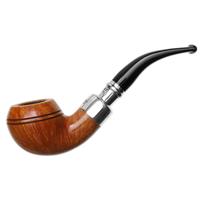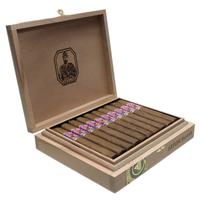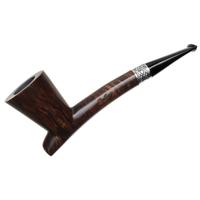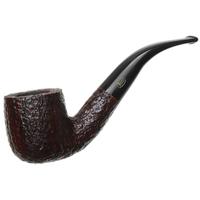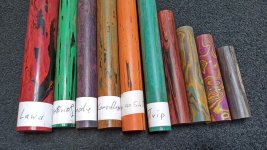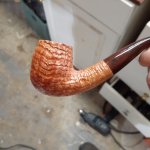As some have said, after a while, you can tell pretty immediately.
Vulcanite can have a sort of "grain", especially as it gets used. Chatter and teeth marks have a more "round" or "soft" appearance. Chatter has to be more pronounced to be visible than with acrylic, and also has to be more pronounced to be tactile on a small scale. The material also has some give.
Acrylic, on the other hand, will show chatter and teeth marks on a much smaller micro-scale. It also can be felt. Acrylic can develop burrs or hard edges with the right manipulation.
Acrylic is hard enough that a scratch with a hard item, or a fingernail, does next to, or exactly, nothing. It's also shiny as some have said.
With vulcanite, you can see a little streaking or discoloration more readily, and again, you can feel the more rubber-like nature of vulcanite.
Vulcanite will also change color slightly when wet versus dry, while acrylic does not as readily.
Dunno if any of that helps.



